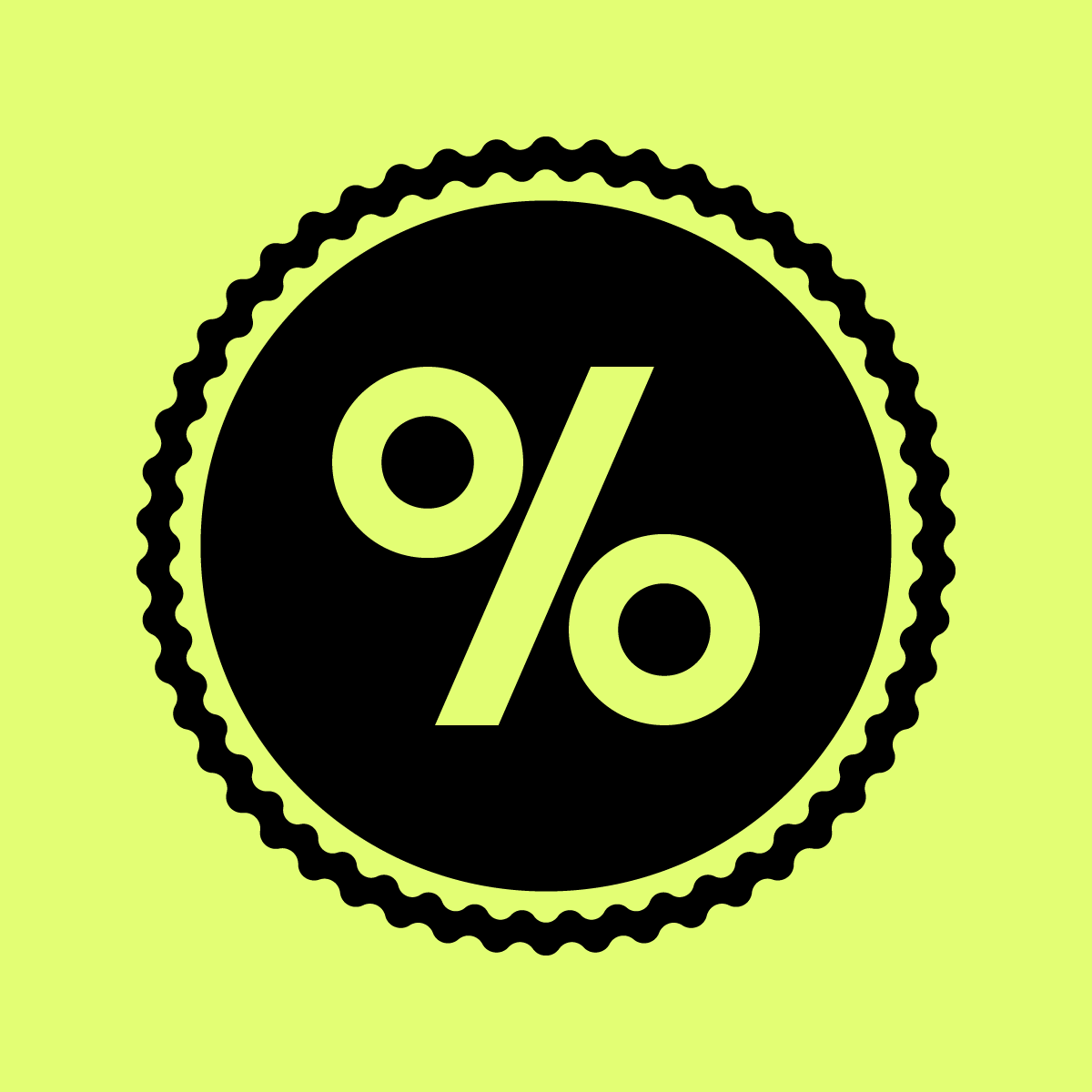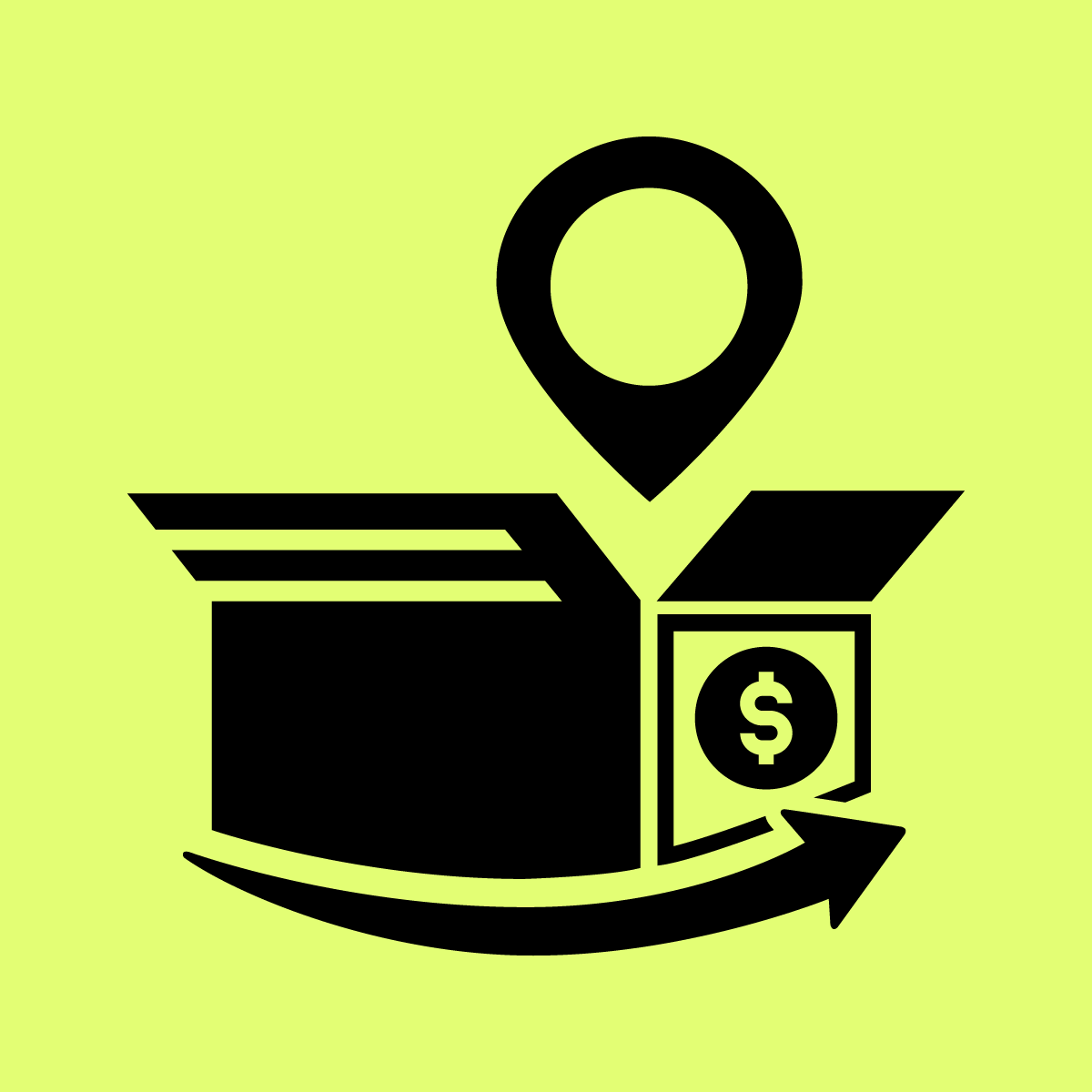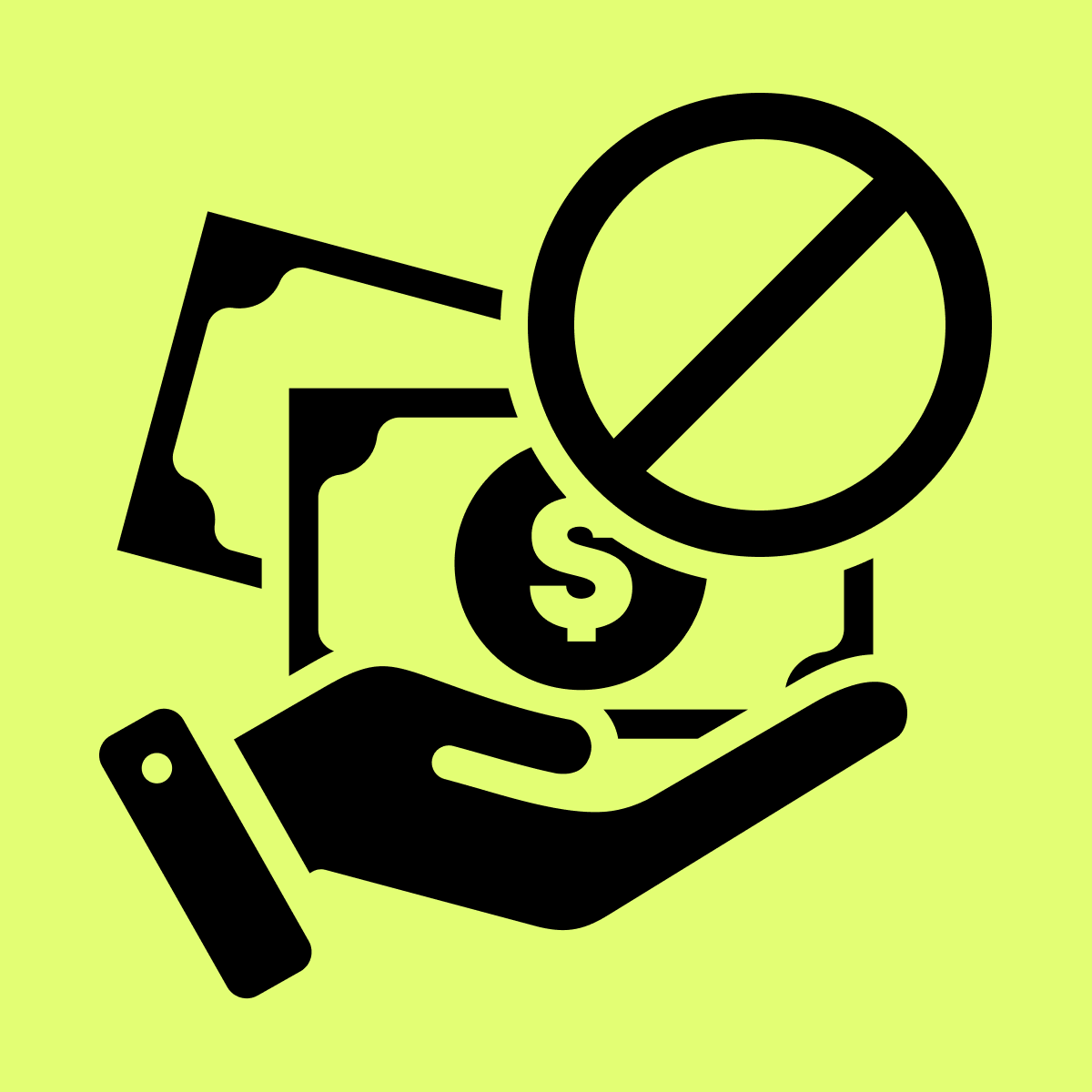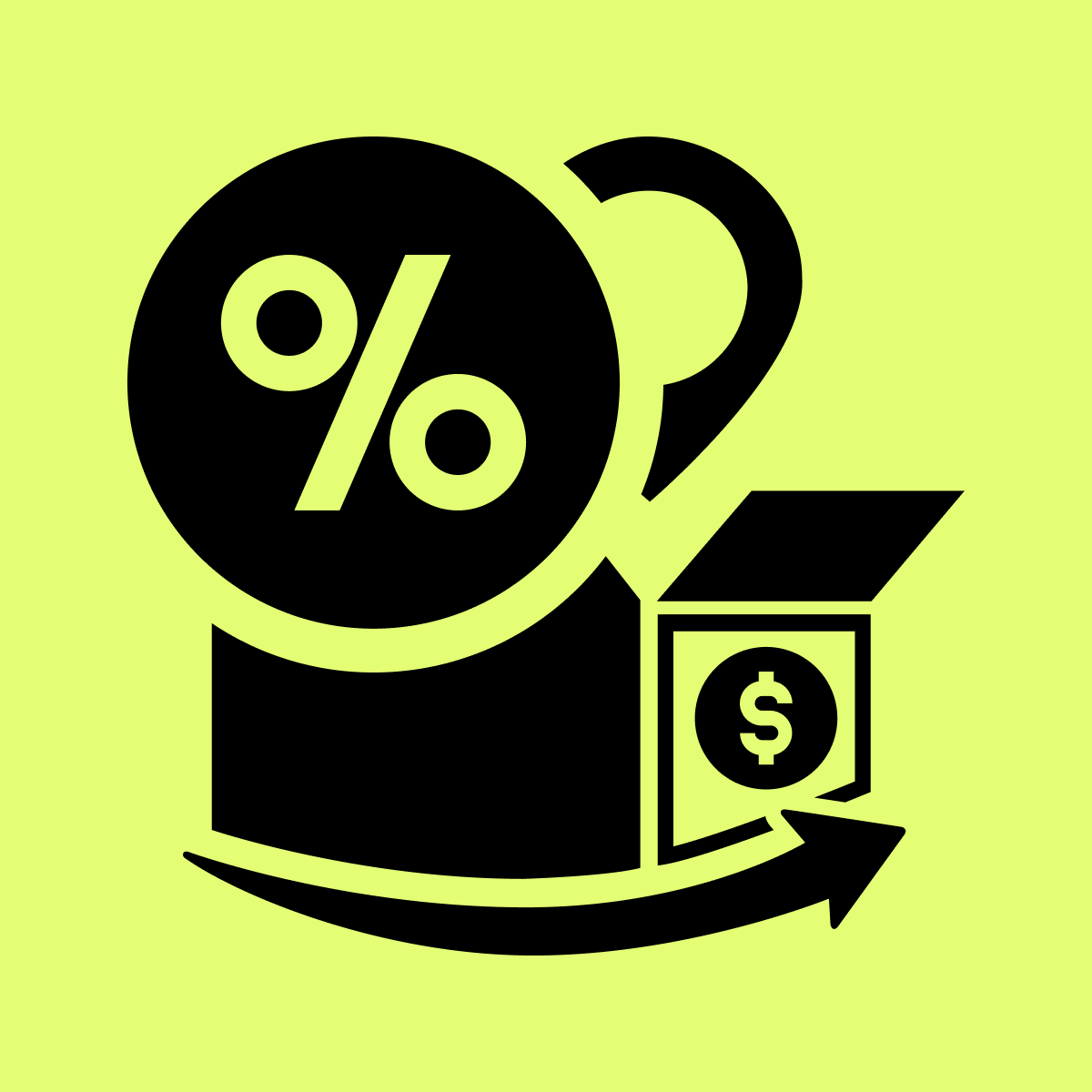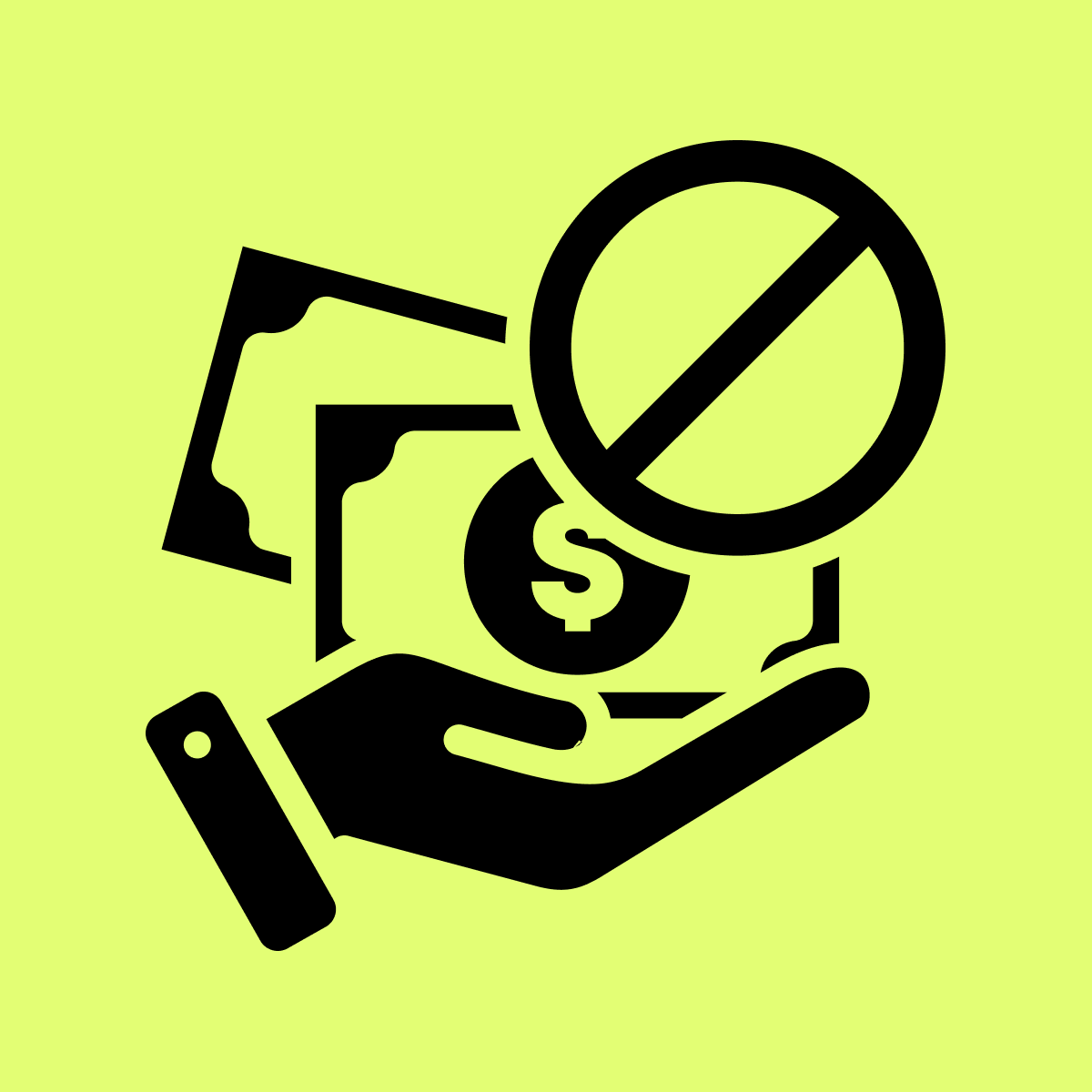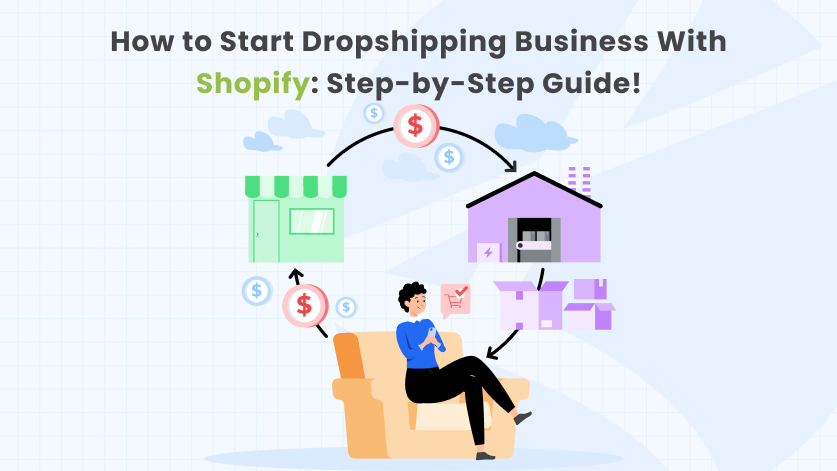Are you interested in starting your own online business but don’t have the time or money to invest in inventory? Dropshipping may be the perfect solution for you.
Dropshipping is a business where you sell products online, but the supplier ships the products directly to your customers. This means that you don’t have to worry about carrying any inventory, which can save you a lot of time and money.
If you’re interested in learning how to start a dropshipping business with Shopify, this step-by-step guide is for you. We’ll walk you through the entire process, from choosing a niche to launching your store.
Here are some stats you have to know:
- The global dropshipping market is expected to reach $476.10 billion by 2026.
- Approximately 23% of all online sales are fulfilled by dropshipping.
- 72% of dropshippers say they are satisfied with their business.
- eCommerce retailers who use dropshipping can be up to 50% more profitable than retailers who deal with an onsite inventory.
- The average dropshipping order value is $117.
- Only 10%–20% of dropshippers are profitable in their first year.
- The most popular dropshipping products are fashion and apparel, followed by home and garden products, and electronics.
- The top dropshipping countries are United States, United Kingdom, Canada, and Australia.
- 84% of eCommerce retailers say securing a good supplier is the biggest obstacle to starting a dropshipping business.
- The average dropshipper earns $2,500 per month.
- The top 10% of dropshippers earn over $10,000 per month.
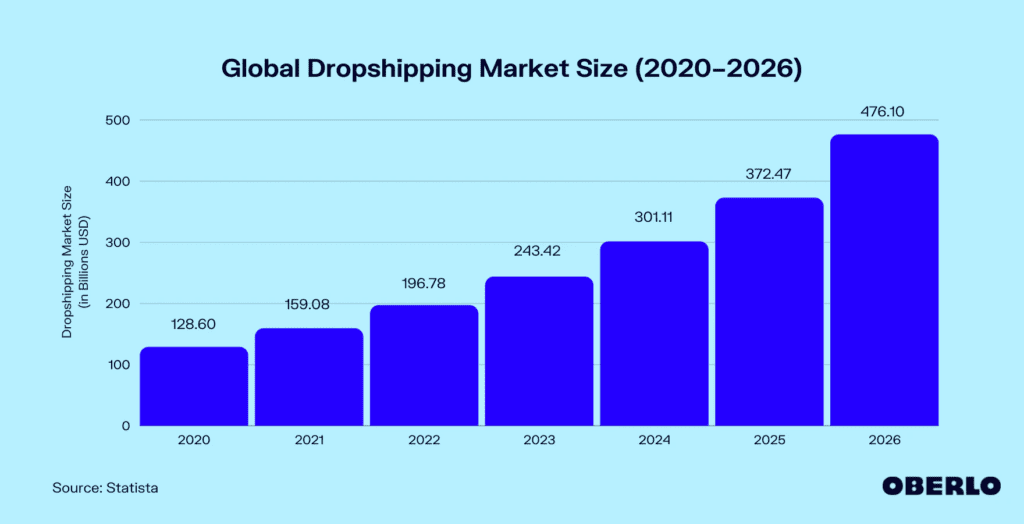
What is Dropshipping?
Dropshipping is a retail fulfillment method where a store doesn’t keep the products it sells in stock. Instead, when a store sells a product using the dropshipping model, it purchases the item from a third party—usually a wholesaler or manufacturer—and has it shipped directly to the customer.
As a result, the seller doesn’t have to handle the product directly. The biggest difference between dropshipping and the standard retail model is that the selling merchant doesn’t stock or own inventory—they act as the middleman.
Dropshipping has many advantages. First, it has low start-up costs, which means dropshipping businesses require very little upfront investment. You don’t have to carry any inventory, so you don’t have to worry about tying up your money in products.
Second, it’s low-risk, which means that starting a dropshipping business involves very little risk because you do not need to carry any inventory. You simply do not order a product from your supplier if it does not sell.
And last, it’s flexibility, which means you can work from anywhere in the world and sell any type of product you want.
How Does Dropshipping Work?
The exact logistics of dropshipping depend on your arrangement, but typically the dropshipping process follows this general sequence:
- The seller signs an agreement with dropshipper
- Customer orders online
- The seller receives the order
- A customer receives an order confirmation
- The seller forwards the order to the dropshipper
- The dropshipper ships the order
- A customer receives their product
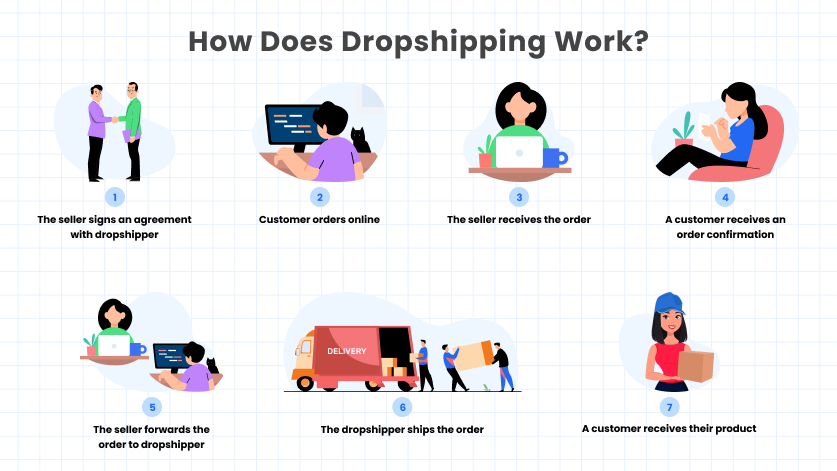
Pros and Cons of Starting a Dropshipping Business:
Now, let’s explore the pros and cons of dropshipping:
Pros of dropshipping:
- Less Capital Required: Compared to traditional retail, dropshipping requires significantly less upfront capital, making it accessible to aspiring entrepreneurs with limited resources.
- Easy to Get Started: Setting up a dropshipping business is relatively straightforward. You can launch your online store quickly and start selling products without the need for a physical storefront.
- Low Overhead: Since you don’t need to invest in inventory or warehousing, your overhead costs remain minimal, allowing you to allocate resources to other aspects of your business.
- Flexible Location: Dropshipping is location-independent. You can operate your business from anywhere with an internet connection, providing you with the freedom to work virtually anywhere in the world.
- Wide Product Selection: With access to a network of suppliers, you can offer a diverse range of products to cater to different market niches and trends.
- Easier to Test Products: The low-risk nature of dropshipping makes it an ideal platform for testing the viability of various products in the market.
- Scalability: As your business grows, it’s relatively simple to scale up your operations and expand your product offerings.
Cons of dropshipping:
- Lower Per-Transaction Margins: While dropshipping offers cost-saving advantages, the per-transaction profit margins are generally lower than those of traditional retail models.
- Dependence on Suppliers: Your reputation relies heavily on the performance of your suppliers. Any issues with product quality or delivery can directly impact your business.
- Intense Competition: The accessibility of dropshipping has led to a competitive landscape, requiring you to differentiate your business to stand out.
- Customer Service Challenges: Handling customer inquiries, complaints, and returns can be demanding, as you’re the primary point of contact for customers.
- Limited Control: Since you’re reliant on third-party suppliers for inventory and shipping, you have limited control over product availability and delivery times.
Why Start a Dropshipping Business on Shopify?
Starting a dropshipping business on Shopify has become a popular choice for many entrepreneurs due to several advantages offered by the platform.
Here are some detailed reasons for starting a dropshipping business on Shopify:
1. User-Friendly Interface: Shopify is known for its user-friendly interface, making it easy for beginners to manage and set up an online store. You don’t need extensive technical knowledge to get started.
2. Easy to use: Shopify is a very user-friendly platform, even if you have no coding experience. You can create a professional-looking online store in minutes with Shopify’s drag-and-drop interface. Shopify also offers a variety of templates and themes to choose from, so you can customize your Shopify store to match your brand and style.
3. Reliable: Shopify is a well-established and reliable platform that can handle even the busiest of online stores. Shopify has a 99.99% uptime, so you can be sure that your store will be up and running when your customers need it.
4. App Integration: Shopify has a vast app store that allows you to integrate the best Shopify dropshipping apps to enhance your store’s functionality. There are numerous dropshipping apps available that streamline inventory management, order fulfillment, and product sourcing.
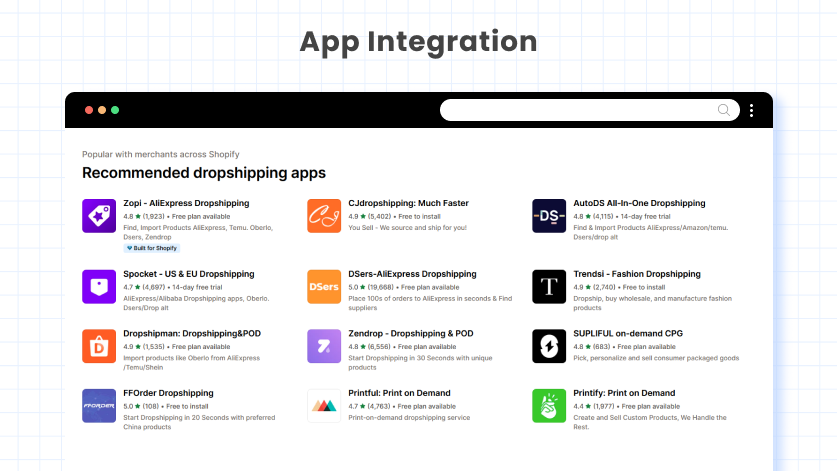
5. Scalability: Whether you’re just starting or planning to scale your dropshipping business, Shopify can accommodate your needs. It offers different plans with varying features to grow alongside your business.
6. SEO-Friendly: Shopify is designed with search engine optimization (SEO) in mind. It provides tools and features to optimize your store for search engines, helping your products get discovered by potential customers.
7. Mobile Responsiveness: With a growing number of users accessing the internet via mobile devices, having a mobile-responsive website is essential. Shopify’s templates are designed to be mobile-friendly, providing a seamless shopping experience on smartphones and tablets.
8. Customer Support: Shopify offers 24/7 customer support, providing assistance through various channels, including live chat, email, and phone. This support can be invaluable, especially for those new to eCommerce.
9. Community and Resources: Shopify has a vibrant community of entrepreneurs, and there are plenty of resources available, including forums, tutorials, and guides. This can be helpful for learning best practices, troubleshooting issues, and staying updated on industry trends.
Learn more about: Best Shopify Apps For Your eCommerce Store [2023]
How to Start a Dropshipping Business:
Let’s embark on a journey to unveil the best way to start a dropshipping business with Shopify that can scale your eCommerce business to the next level.
Step #1: Choose Your Dropshipping Niche:
The first step to starting a dropshipping business is to identify a niche market that aligns with your interests and expertise. A niche is a specific segment of the market with unique needs and preferences.
By focusing on a niche, you can tailor your product offerings and marketing strategies to cater to a specific audience. Consider factors such as your passion for the niche, market demand, competition, and profitability potential when selecting your niche.
Research trending products, explore online forums and analyze competitor websites to gain insights into viable niches.
Step #2: Select Reliable Dropshipping Suppliers:
Once you’ve chosen your niche, it’s crucial to find reliable dropshipping suppliers who can consistently provide high-quality products at competitive prices.
Research reputable dropshipping suppliers online, read reviews, and consider factors such as product quality, shipping times, customer service, and return policies.
Contact potential suppliers to inquire about their product offerings, pricing, and fulfillment processes. Evaluate their ability to meet your business needs and ensure they align with your brand values and customer expectations.
Step #3: Create Your Shopify Store:
With your niche and suppliers identified, it’s time to create your Shopify store. Sign up for a Shopify account and choose a plan that suits your business needs. Shopify offers a variety of themes and templates to customize your store’s appearance and ensure it reflects your brand identity.
Add products from your dropshipping suppliers, including high-quality product images, detailed descriptions, and competitive pricing. Optimize your product pages for search engines to improve visibility and attract organic traffic.
Step #4: Establish a Brand Identity:
A strong brand identity is essential for building customer loyalty and differentiating your dropshipping business from competitors. Develop a unique brand name and logo that resonates with your target audience.
Create a consistent brand voice across all your marketing materials, including your website, social media, and product descriptions.
Step #5: Implement Effective Marketing Strategies:
Attracting customers to your dropshipping store requires a combination of marketing strategies. Utilize social media platforms to engage with your target audience, share product updates, and run targeted ads.
Consider using influencer marketing to collaborate with individuals who have a strong following in your niche. Implement search engine optimization (SEO) techniques to improve your store’s ranking in search results, making it more visible to potential customers.
Utilize email marketing to nurture leads, promote new products, and offer exclusive discounts.
Step #6: Provide Exceptional Customer Service:
Customer service is paramount in the eCommerce industry, and dropshipping is no exception. Respond promptly to customer inquiries, address any issues efficiently, and go the extra mile to resolve concerns.
Positive customer interactions can lead to repeat business and positive reviews, which in turn attract new customers.
Step #7: Analyze and Optimize:
Regularly monitor your store’s performance using Shopify’s analytics tools to identify areas for improvement. Track website traffic, conversion rates, and customer behavior to gain insights into what’s working well and what needs optimization.
A/B test different product images, descriptions, and pricing strategies to determine what resonates best with your audience. Analyze customer feedback to identify areas for improvement and make adjustments accordingly.
By following these eight steps, you can successfully start your dropshipping business journey with Shopify and work towards building a profitable online business.
Tips to Start Dropshipping Business:
Starting a new dropshipping business requires a well-thought-out approach to customer service, order management, and a commitment to continuous learning. Let’s dive into each of these aspects of dropshipping business ideas:
Customer Service and Communication:
1. Prompt Responses: Aim to respond to customer inquiries and concerns as quickly as possible. A fast response time can significantly improve customer retention.
2. Clear Policies: Have clear and transparent return, refund, and shipping policies on your website. This helps manage customer expectations.
3. Professional Tone: Maintain a polite and professional tone in all your communications. Remember, customer service is an extension of your brand.
4. Personalization: Whenever possible, personalize your responses. Address customers by their names and reference their specific inquiries or orders.
5. Problem Resolution: Be proactive in resolving customer issues. If there’s a problem with an order, take ownership and work towards a solution.
6. Feedback Loop: Encourage customers to leave reviews and provide feedback. This can help you improve your service and build trust with future customers.
Efficient Order Management:
1. Inventory Tracking: Use inventory management software to keep track of stock levels. This prevents overselling and potential customer disappointment.
2. Automate Processes: Automate order processing as much as possible. This includes order confirmation emails, shipping notifications, and tracking information.
3. Order Consolidation: If a customer places multiple orders, consolidate them into a single shipment whenever feasible. This reduces shipping costs and improves efficiency.
4. Supplier Communication: Maintain open lines of communication with your suppliers. Ensure they have accurate information on order quantities and shipping instructions.
5. Quality Control: Before shipping, inspect products for quality. This reduces the likelihood of sending defective items to customers.
6. Returns Handling: Have a streamlined process for handling returns and exchanges. Make it as hassle-free as possible for customers.
Continuous Learning and Adaptation:
1. Stay Updated: Keep a close eye on industry trends and changes in the eCommerce landscape. Stay informed about new marketing techniques, technologies, and customer preferences.
2. Analytics: Use analytics tools to track the performance of your store. Pay attention to conversion rates, traffic sources, and customer behavior data.
3. A/B Testing: Experiment with different website layouts, product descriptions, and marketing strategies through A/B testing to increase your conversion rates.

4. Customer Feedback: Pay attention to customer feedback and reviews. They often provide insights into areas for improvement.
5. Competitor Analysis: Study your competitors to see what strategies are working for them and how you can differentiate your business.
6. Adapt Quickly: Be prepared to adapt your business model and strategies as needed. The eCommerce landscape is dynamic, and flexibility is key to long-term success.
Remember that building a successful dropshipping business takes time and effort. Continuous improvement and a customer-centric approach are essential to thriving in this competitive field.
Conclusion:
In conclusion, starting a dropshipping business with Shopify is an opportunity for aspiring entrepreneurs seeking a low-risk, low-capital entry into the world of eCommerce.
As we’ve explored the intricacies of dropshipping, from understanding its fundamentals to navigating the pros and cons, one thing becomes clear: success in this venture lies in meticulous planning, strategic execution, and continuous adaptation.
Choosing Shopify as your platform offers distinct advantages, such as its user-friendly interface, reliability, easy to use, app integration, scalability, and customer support.
The platform’s app integration capabilities enhance functionality, while its commitment to SEO friendliness and mobile responsiveness sets the stage for a seamless customer experience.
The step-by-step guide provided an understanding of the importance of niche selection, supplier reliability, brand establishment, effective marketing, and exceptional customer service. Each of these elements contributes to the foundation of a successful dropshipping enterprise.
Additionally, the tips for efficient order management and continuous learning highlight the ongoing commitment required for sustained success.
As the eCommerce landscape evolves, adaptability, data-driven decision-making, and a customer-centric approach become the cornerstones of a thriving dropshipping business.
In the dynamic world of online retail, where competition is intense and customer expectations are ever-evolving, the journey to building a profitable dropshipping business is undoubtedly challenging.
However, armed with the right knowledge, a commitment to excellence, and a willingness to adapt, you have the tools to navigate this exciting and potentially rewarding venture.
Now, as you take the plunge into the realm of dropshipping with Shopify, may your entrepreneurial spirit thrive and your online store flourish. Best of luck on your dropshipping journey!
